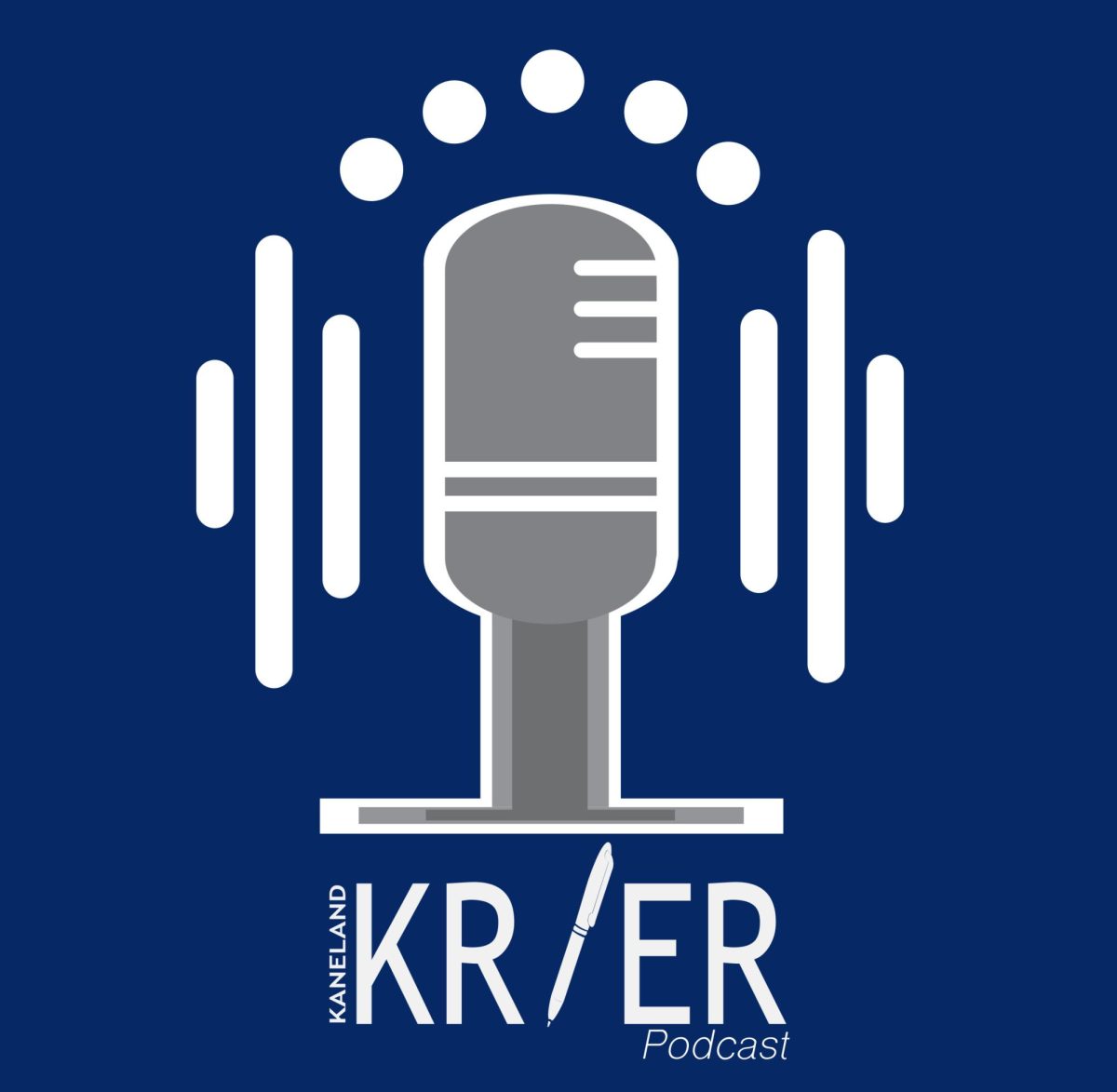By: Kristin Staub
The month of February is most commonly associated with Valentines Day, Groundhogs Day and bone-chilling temperatures here in the mid-west. Along with these, February is also used to highlight and draw attention to the awareness of eating disorders.
An eating disorder is defined by abnormal eating habits or rituals. An eating disorder may revolve around either bereft or excessive food intake.
The most common eating disorders include anorexia nervosa, bulimia nervosa, binge eating disorder and eating disorder not otherwise specified (EDNOS).
Anorexia nervosa is characterized by unreasonable food restriction and an irrational fear of gaining weight. Someone suffering from anorexia may also have a distorted personal body image, or self-perception. This eating disorder causes the person affected by it to go to great lengths to lose weight. In most cases, to the point of starvation.
Bulimia nervosa is another eating disorder, which is characterized by a large food intake in a short amount of time, followed by “purging,” or ridding the body of the food. This is typically
done by vomiting, taking a laxative or diuretic or extreme amounts of exercise. Most often, multiple techniques are used.
Although anorexia shares many similarities with bulimia, anorexia is majorly due to the personality traits of perfectionism, or an unrealistic strive for flawlessness. Obsessive compulsive tendencies also play a big role in the cause of anorexia, whereas the major motivation of bulimia tends to be due to a poor body image.
EDNOS is a disorder that does not fully reach the criteria of anorexia or bulimia. EDNOS is broken into three categories; one who shows symptoms of anorexia, one who shows symptoms of bulimia and one who shows mixed traits of both disorders. EDNOS is basically a default category of eating disorders. Although it is called that, EDNOS can be just as serious of a disorder as any other.
Binge eating disorder (BED) is a much different disorder than anorexia, bulimia or EDNOS. Binge eating disorder is characterized by eating abnormally large quantities of food in a short period of time. One with BED may also feel a loss of control over the amounts they are consuming during a binge. BED is the most common eating disorder in the United States. Approximately 3.5 percent of women and 2 percent of men are affected by BED.
A huge misconception that is associated with eating disorders is that one must be underweight to have an eating disorder. People that struggle with eating disorders come in various sizes, and just because they are of normal weight currently doesn’t mean they aren’t struggling. It is important, even crucial to realize this in order to help someone suffering with an eating disorder.
Getting help and overcoming an eating disorder can be challenging, both mentally and physically. Beating an eating disorder is never an easy task and may take rediscovering ones self beyond eating habits, weight, and body image. Not only that, but it requires realizing and relearning healthy outlets and lifestyle choices to insure a happy, healthy life.






